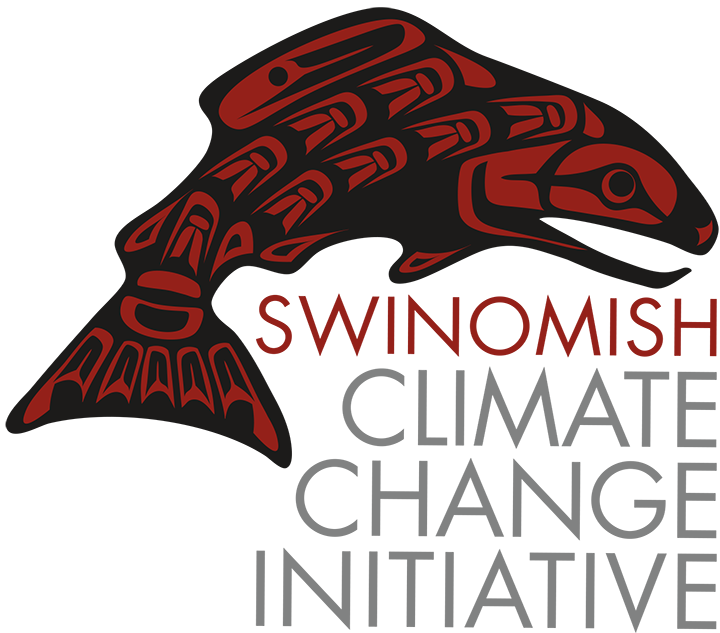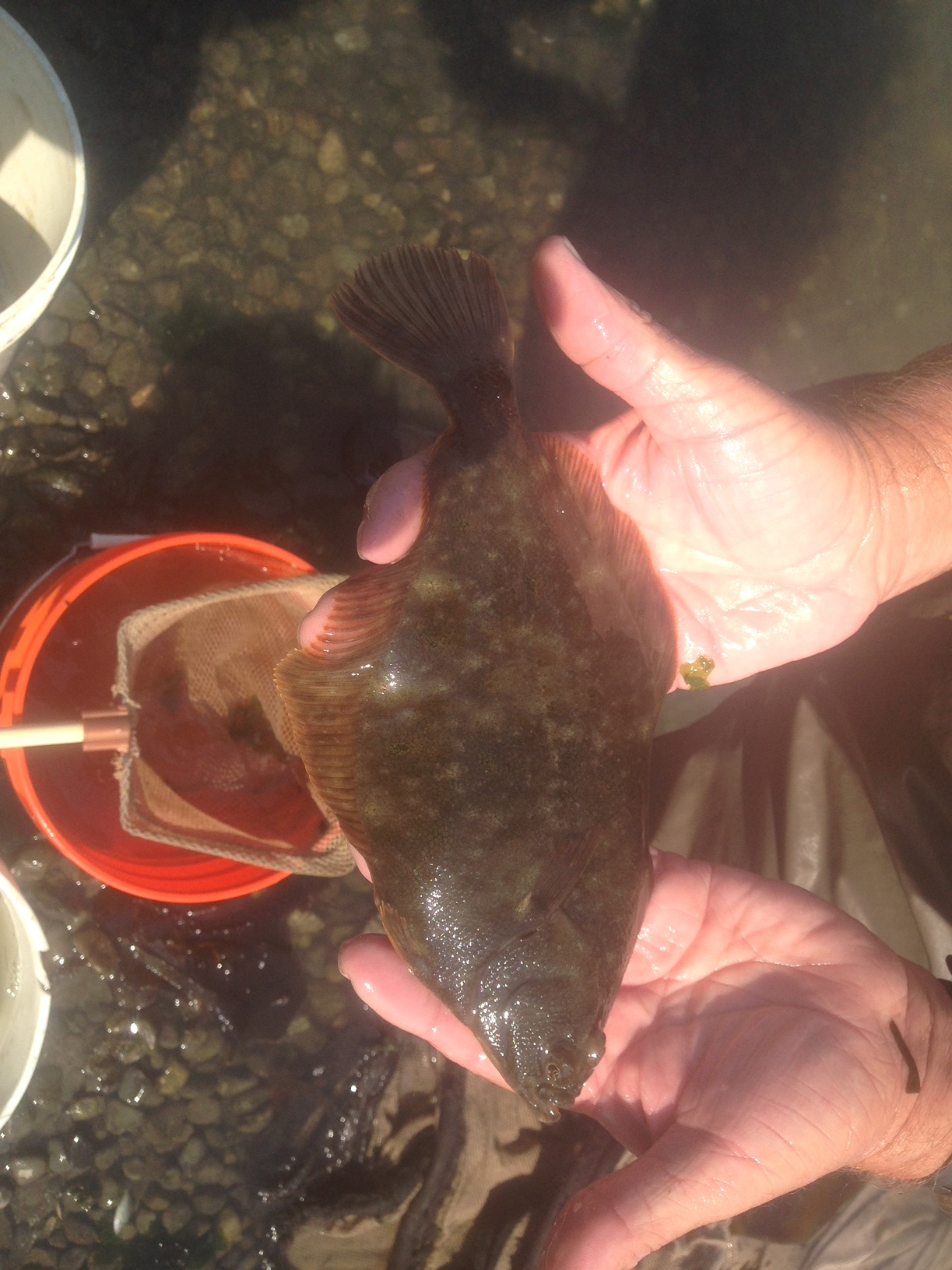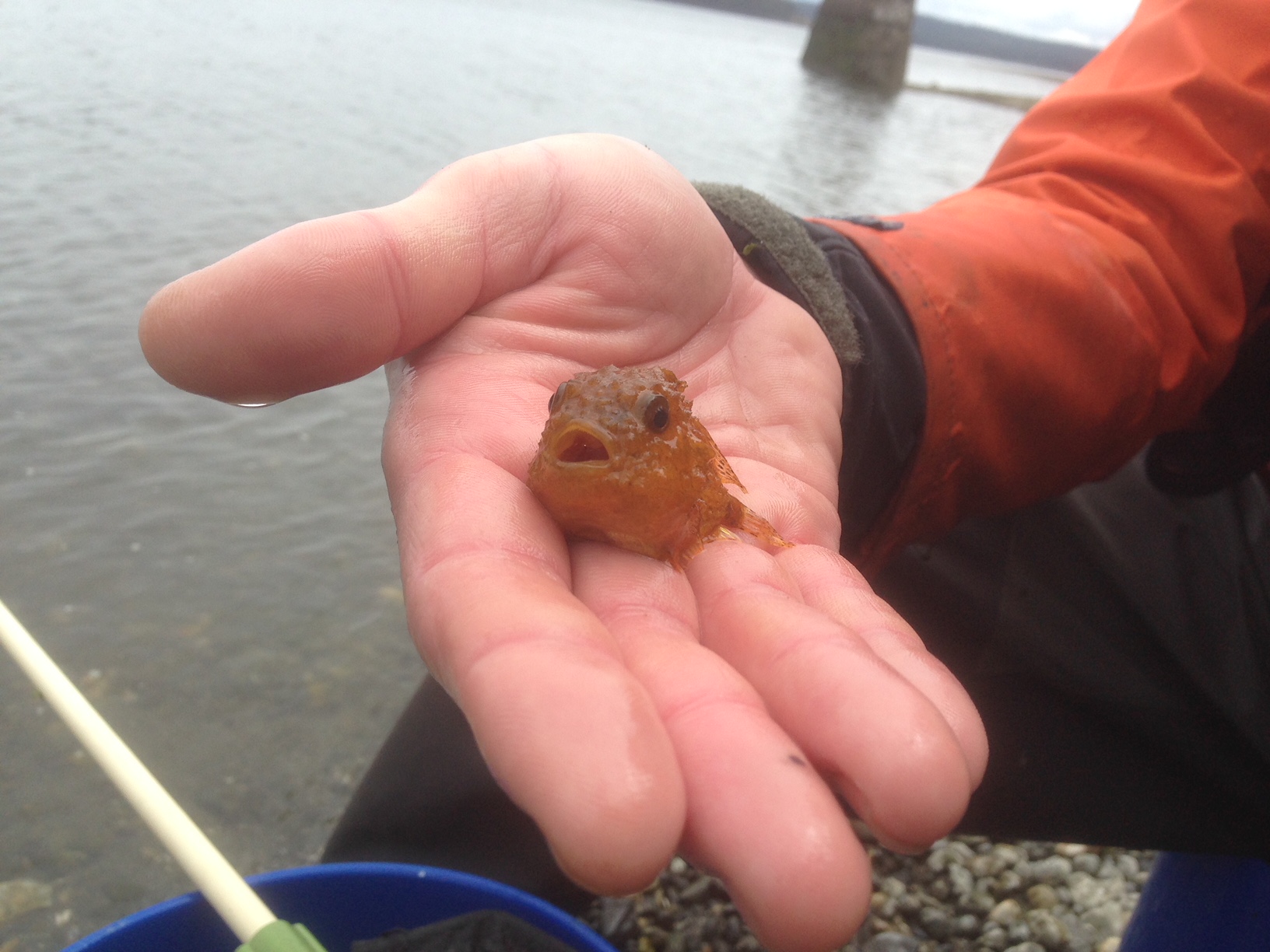Climate ACTIONs
Fisheries
“The Swinomish Tribe’s Shellfish Science Team is working on a full range of shellfish management issues, all of which can be viewed through the lens of climate change. As our oceans become warmer and more acidic, they are less hospitable to shellfish, so we are working to track that progress and understand ways that we can increase resiliency while recovering and restoring native shellfish populations that are important to tribal members.”
-Julie Barber, Senior Shellfish Biologist
The Swinomish Fisheries Department provides technical assistance and harvest management services to the Swinomish Tribal Community to manage salmon, bottom fish, and shellfish resources. The department works in collaboration with the Skagit River System Cooperative (SRSC), a consortium of the Swinomish and Sauk-Suiattle tribes that provides habitat protection, restoration, and salmon recovery planning services.
Together, the department and SRSC provide comprehensive technical, planning, and management guidance for fish and shellfish resources that addresses and incorporates climate change impacts and adaptation measures. The Fisheries Department’s current focus is intertidal ecology and juvenile clam habitat use, developing a clam garden site selection model, monitoring pH in Skagit and Similk bays, studying effects of sea level rise on shorelines, restoring native Olympia oyster populations, and writing a climate change adaptation plan for Swinomish shellfisheries. We have provided more in-depth information below on our Olympia oyster restoration project, clam garden research, and an ocean acidification study that served as the Master’s thesis of one of our team members.
Fisheries Climate Change Vulnerability Model
The Swinomish Tribe recently completed a shellfish and finfish resource vulnerability model with the Skagit River System Cooperative that examines how climate change will likely drive changes to nearshore habitat. Specifically, two tools were developed to assess future risk. The first was a qualitative tool to evaluate habitat risk to wave energy and sea level rise. The second tool was a model to predict current sea surface temperature (SST) conditions throughout the study area using landscape features and in situ observations. Landscape-scale model predictions of SST under current conditions were compared with literature-based estimates of thermal tolerance for juvenile Chinook salmon (Oncorhynchus tshawytscha), cockle clam larvae (Clinocardium nuttallii), and postlarval and juvenile Dungeness crab (Metacarcinus magister) to estimate the percentage of habitat providing favorable metabolic conditions for each species under the predicted current conditions. The model was then used to assess habitat availability for the three species under a moderate future climate change scenario by applying a 2.2°C increase in SST. Results indicate a reduction in the average percent of optimal habitat for Chinook salmon across shore types from 16.5% to 0.3%. For cockles, all shore type habitat within the study area was predicted to remain within the optimal SST range except pocket estuaries where the percent under suboptimal conditions increased to 45%. And finally, for Dungeness crab virtually all shore type habitats within the study area would have suboptimal temperatures for crab postlarvae and juveniles under a 2.2°C increase in SST. These models can be adapted to assess future conditions for other species of importance.
This assessment completes an objective of the Skagit Chinook Recovery Plan (SRSC and WDFW 2005). The model will also allow Swinomish to prioritize research for filling data gaps, acquiring sensitive properties for protection, restoring impacted habitats, adapting other planning documents for climate change, and anticipating future shellfish and finfish resource bottlenecks. As there are innumerous uncertainties facing the natural resources of the Salish Sea, these efforts could last as long as the funds are provided. This important work will thus provide an important assessment for now and into the future and climate change intensifies.
Olympia Oyster Restoration
The Swinomish Tribe is increasing resiliency of native shellfish through their native Olympia oyster restoration project. Olympia oysters are the only native oyster to the Puget Sound region and they traditionally played an important role in tribal culture. Yet, due to overfishing, pollution, and the widespread cultivation of non-native Pacific oysters, only ~5 % of their original population remains in Puget Sound. Restoring native oyster beds does not just restore the population of oysters alone; the return of these ecosystem engineers will presumably help to reestablish the ecological community that likely co-evolved with these oysters. Furthermore, it is possible that Olympia oyster larvae may be more developmentally-adept than non-native Pacific oysters in increasingly corrosive waters. In addition to acidification, the Tribe’s shellfish beds are faced with rising sea levels that will likely inundate many existing Reservation beaches. Yet, native oysters thrive subtidally and the species is not likely to be impacted by increases in sea level. Thus, building and maintaining a healthy population of Olympia oysters should help the Tribe generate shellfish beds that could be more resistant to ocean acidification and sea level rise.
Historic fishing practices for Olympia oysters typically involved removing shell; thus, over-fished reefs and their related communities have struggled to recover even after cessation in fishing pressure. Thus, lack of suitable habitat (i.e., oyster shell) is one of the main limitations to Olympia oyster restoration efforts.
Our project focuses on three main goals:
The reintroduction of the native oyster to Swinomish tidelands
The expansion of habitat in order to create a self-sustaining source population of Olympia oysters on Reservation tidelands
Quantifying ecological changes that occur on the tidelands due to the restoration of this important native species
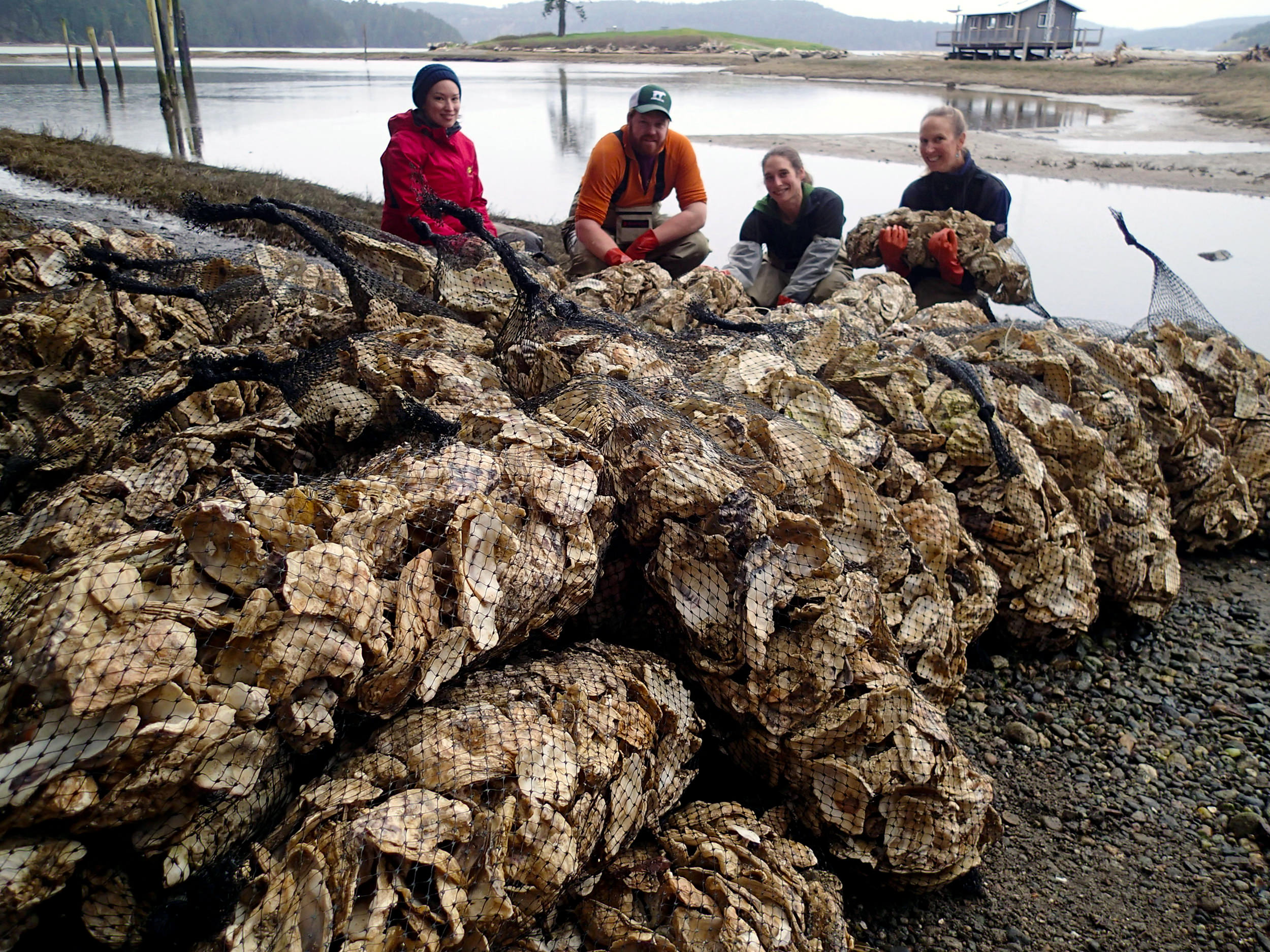

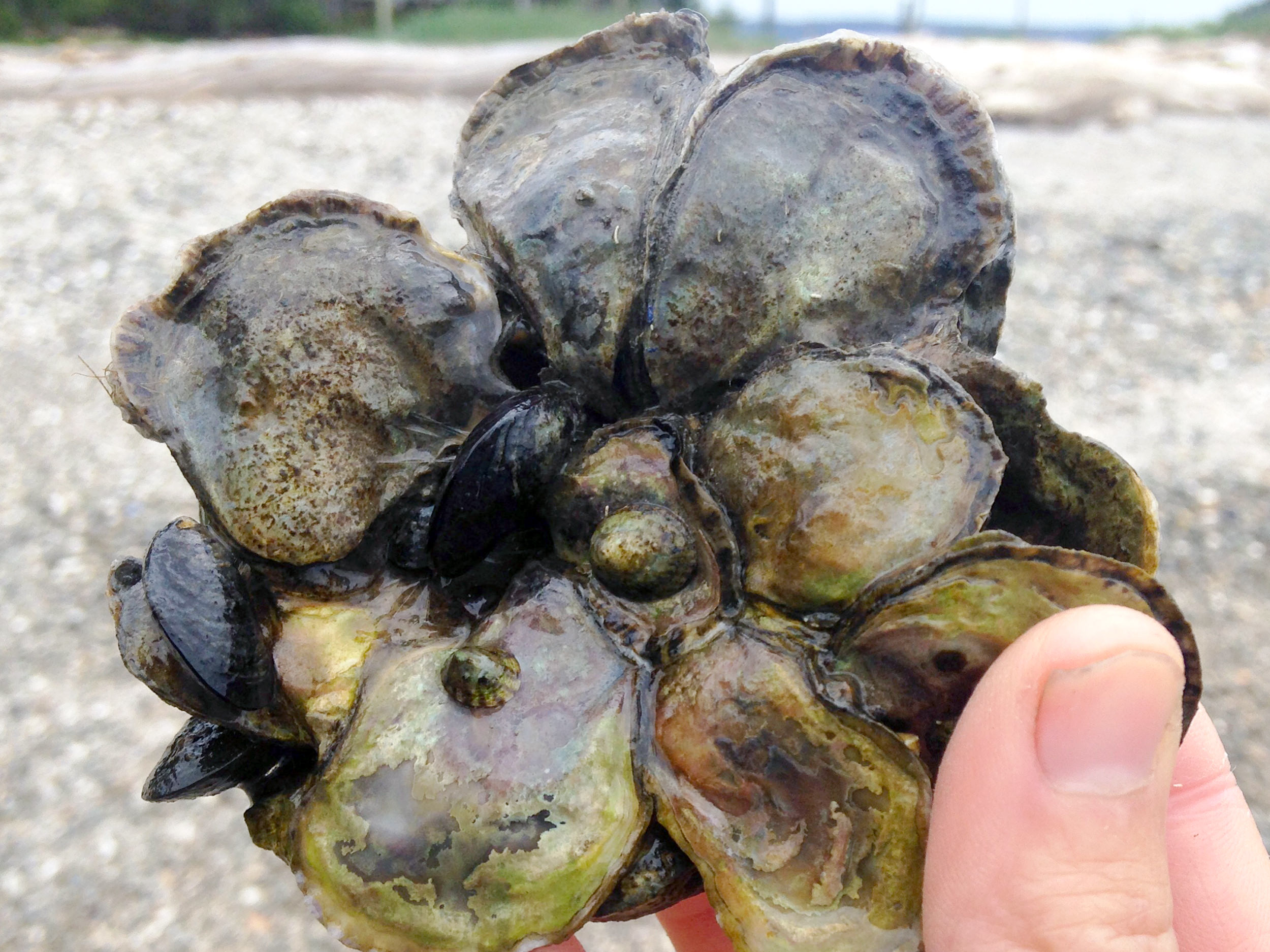
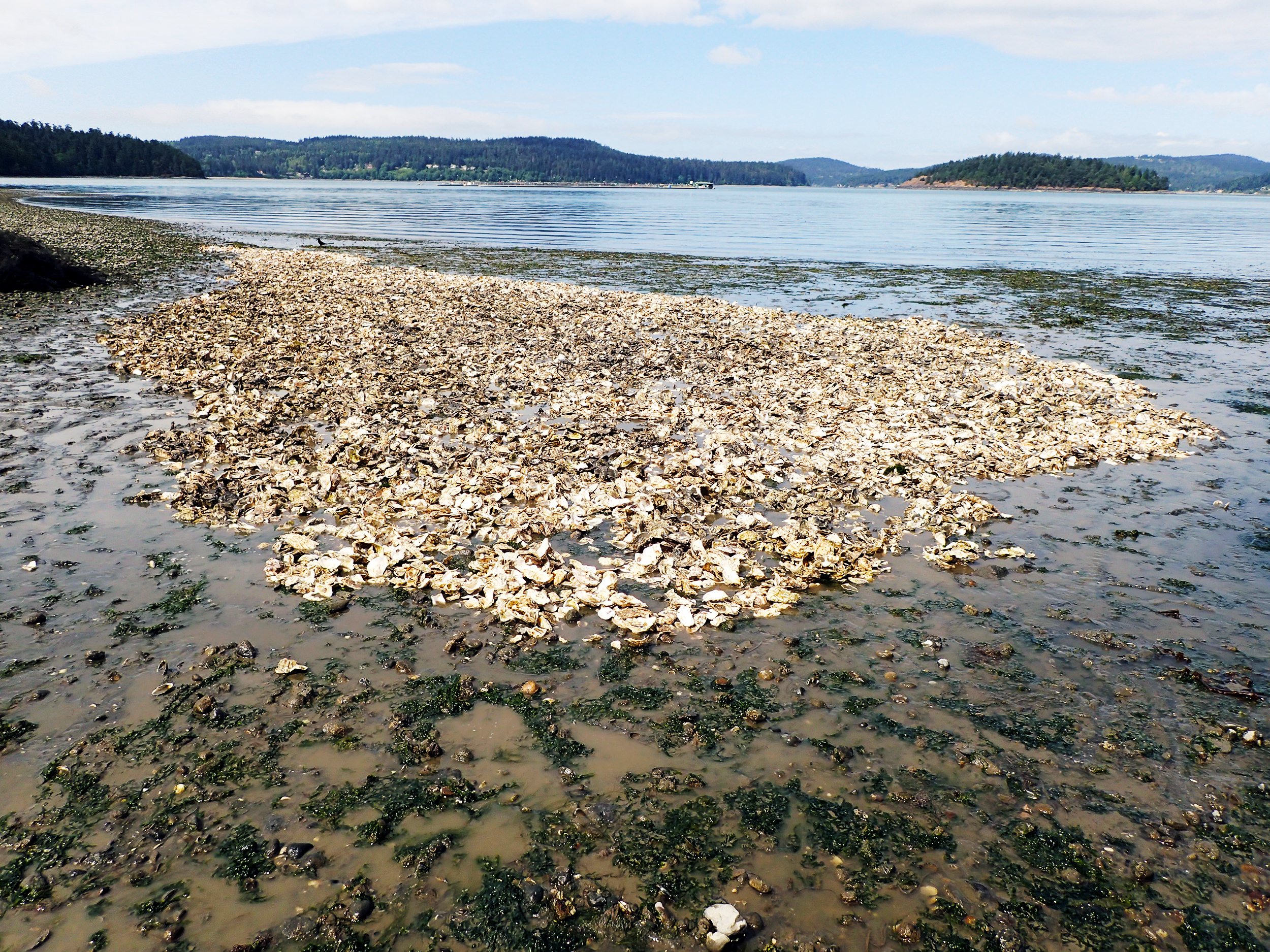
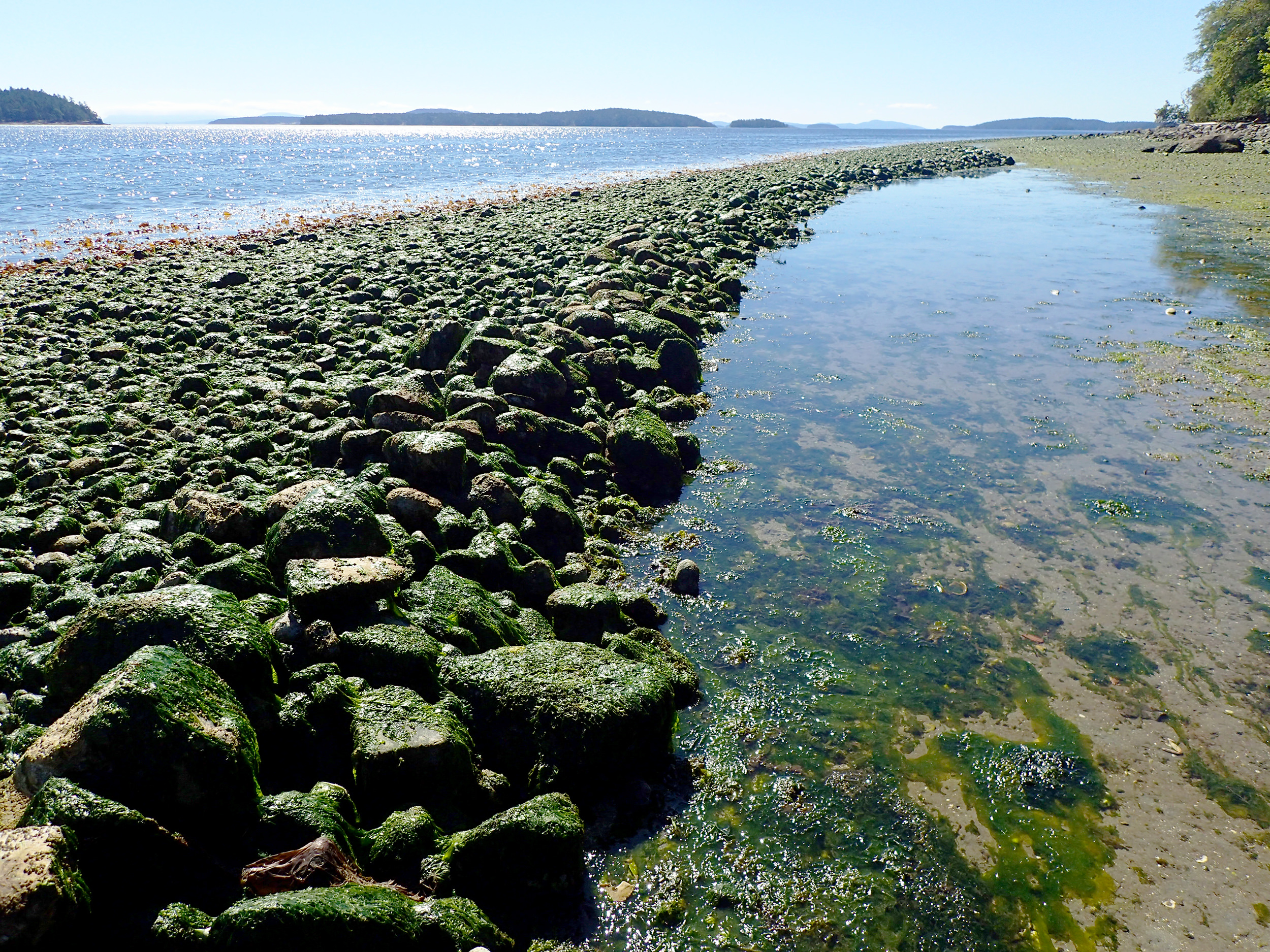

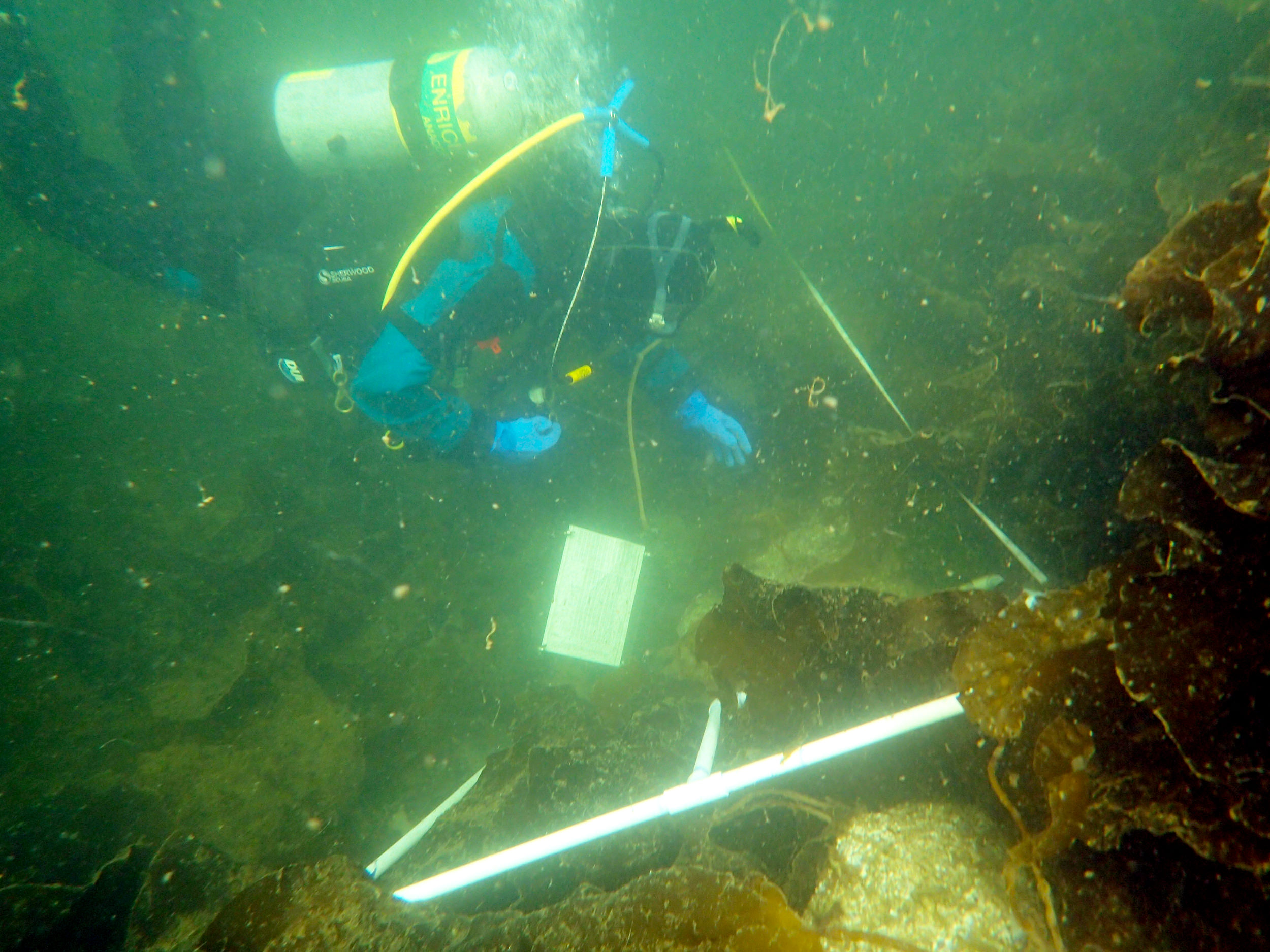
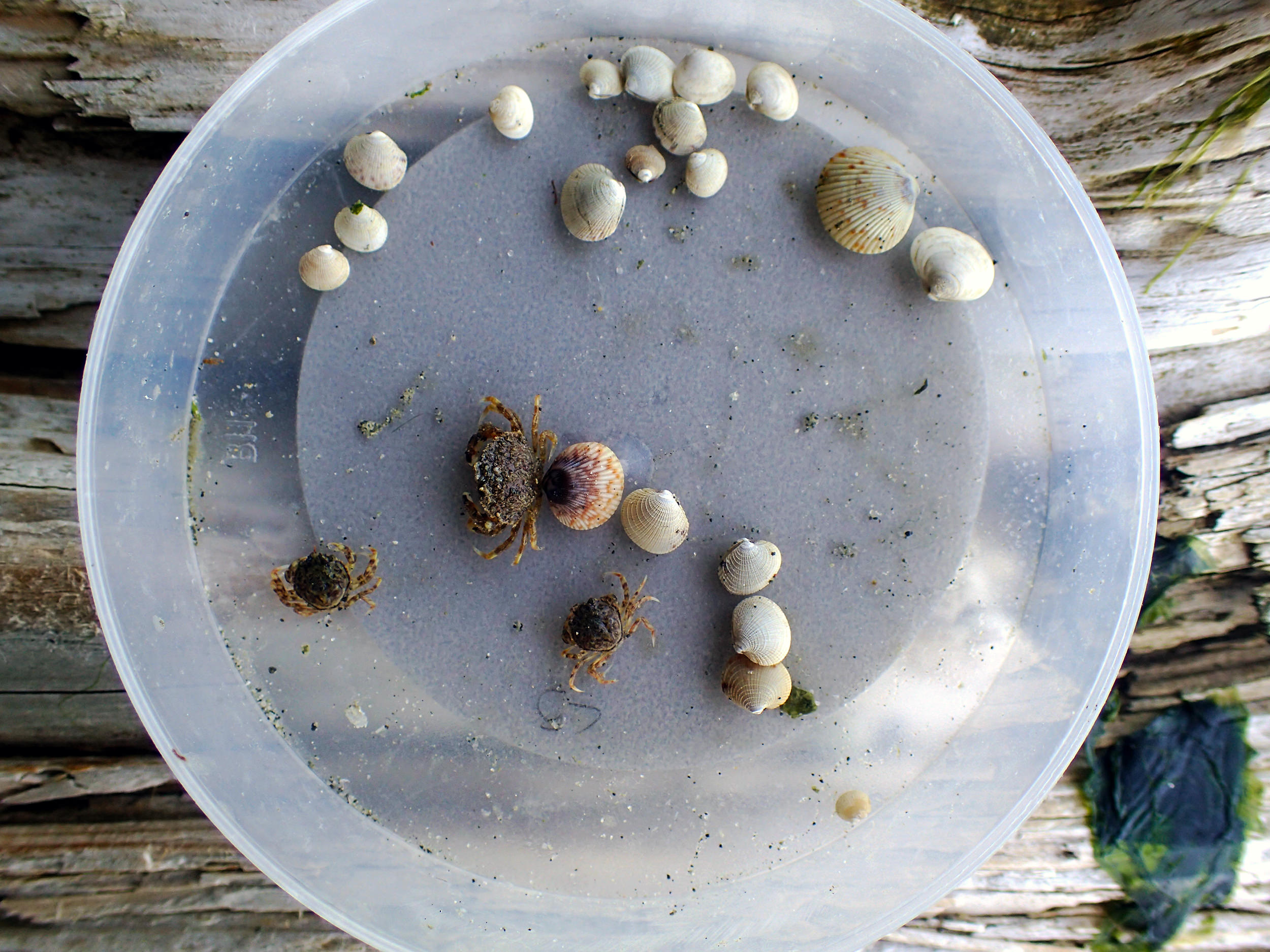
Clam Garden Creation
Another exciting project that the Fisheries Department is working on, in collaboration with Swinomish Community Environmental Health, is reviving an ancient mariculture practice by installing a clam garden on reservation tidelands to address goals identified in the Swinomish Climate Adaptation Plan. Clam gardens are intertidal features modified by Northwest Coastal Indigenous people (e.g., moving and clearing rocks, building rock walls to stabilize sediment upshore, creating terraces in the tide flats to alter beach slope and substrate) to enhance clam habitat for optimal shellfish production.
Healthy and productive shellfish beds provide important local foods and ecosystem services as well as support for human well-being and other cultural practices. Utilizing clam gardens to promote robust native clam populations will encourage the integration of traditional ecological knowledge in contemporary resource management and climate change adaptation strategies as well as bolster local food security, support tribal treaty rights, and provide ecological and cultural benefits to the community.
Our goals are to improve ecological conditions within the greater nearshore environment, and increase and sustain the health and well-being of Swinomish tribal members. Furthermore, information and tools produced by our project will be transferable to other resource-dependent communities within the Salish Sea and beyond to advance regional shellfisheries management.
Swinomish community members visited a clam garden in British Columbia during the summer of 2019. Watch this video to learn more about clam gardens and why they are so important to Indigenous people.
A-SHELL-POCALYPSE
Lindy Hunter and Courtney Greiner
It’s a rough world out there for a bivalve, especially when your home is dissolving around you!
With climate change affecting the conditions of our oceans, clams, oysters, and other shellfish are being confronted by a myriad of new challenges. One of these challenges is an increased difficulty in building shell. Shellfish have historically been able to pull the building blocks for their shells directly out of the seawater that surrounds them in order to form the hard structures necessary to protect them from predators. However, due to the burning of fossil fuels, high levels of carbon dioxide are being released into the atmosphere and absorbed into the oceans. The increase of carbon dioxide in seawater alters the water’s chemistry, making it harder for organisms to construct and maintain a shell. These changes, commonly referred to as ocean acidification, present shellfish communities with a very serious “evolve or die” dilemma.
Clam and oyster lovers out there may be asking themselves, is there any way we can help? Swinomish Fisheries Marine Ecologist Courtney Greiner investigated this question last year and discovered interesting results. While completing her master’s degree at the University of Washington, Courtney designed and led an experiment to test whether adding crushed shell to a beach or increasing the presence of algal communities had any effect on the growth and survival of young clams in a localized area. She also looked into whether these two treatments had any effect on the immediate acidity of seawater both above and below the sediment. If either of these approaches had a positive effect on young clams it would provide an important guide for how we might be able to help our local clam communities survive in the fast-approaching acidifying waters of the future.
What Courtney and her fellow researchers discovered was a mixed bag of complicated and useful results. Robust algal communities were found to have a negative effect on the growth and survival of young clams, and in the areas where crushed shell was added the seawater was slightly less acidic in the sediment than in areas where no crushed shell was added. Reducing acidity in the sediment may be especially important for young clams because this is where the clams live. With this knowledge and an understanding that additional environmental changes are well on the way, these findings suggest that adding crushed shell can be an effective climate adaptation strategy for improving ocean conditions for shell-building organisms.
Corrosive seawater conditions are only one of the challenges facing shellfish, clam diggers, fisherfolk, and resource managers. By continuing to ask difficult questions, pursue effective solutions, and develop cooperative management strategies Fisheries is working to reduce the impacts of climate change and ocean acidification on important local resources.
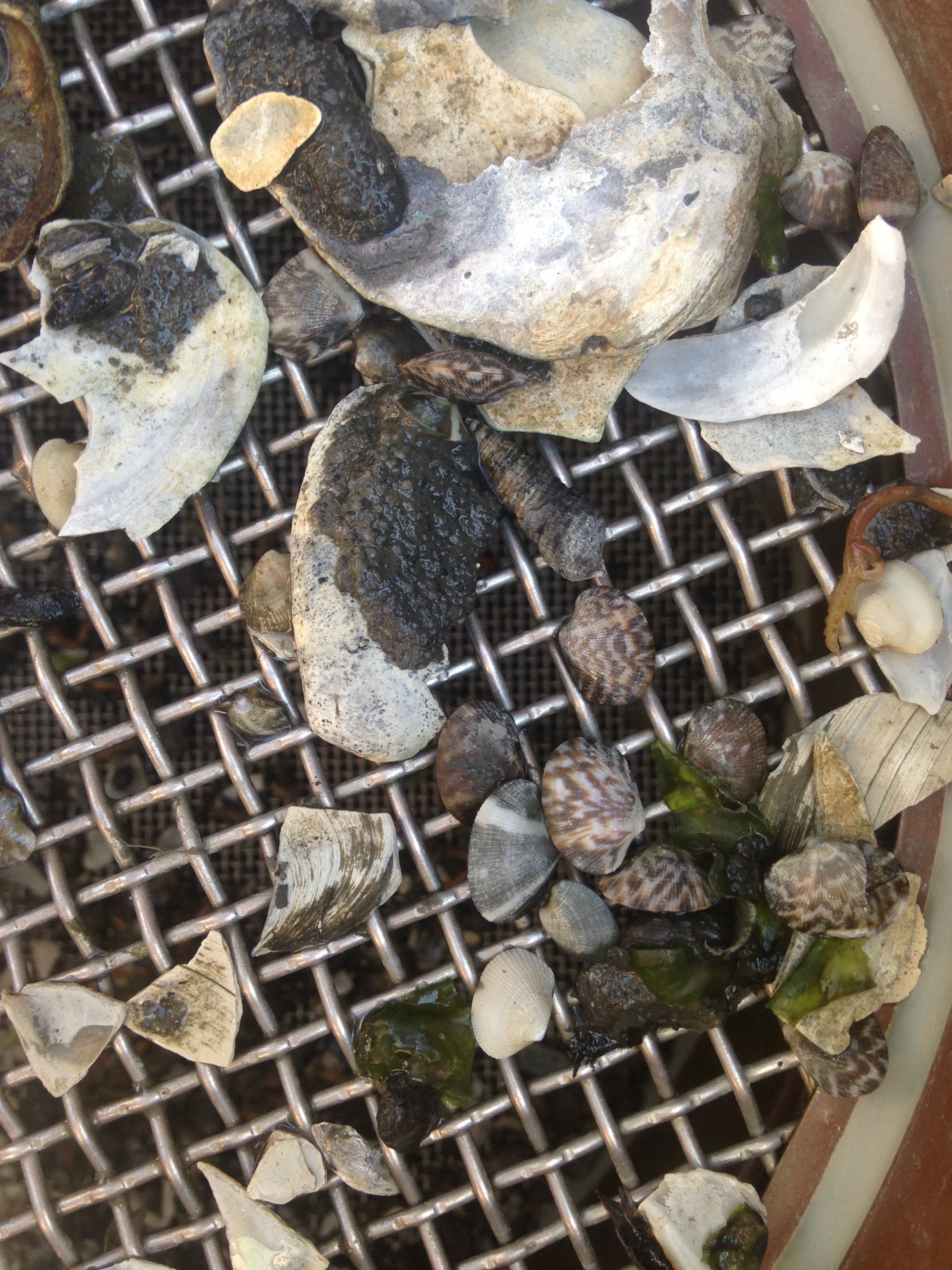

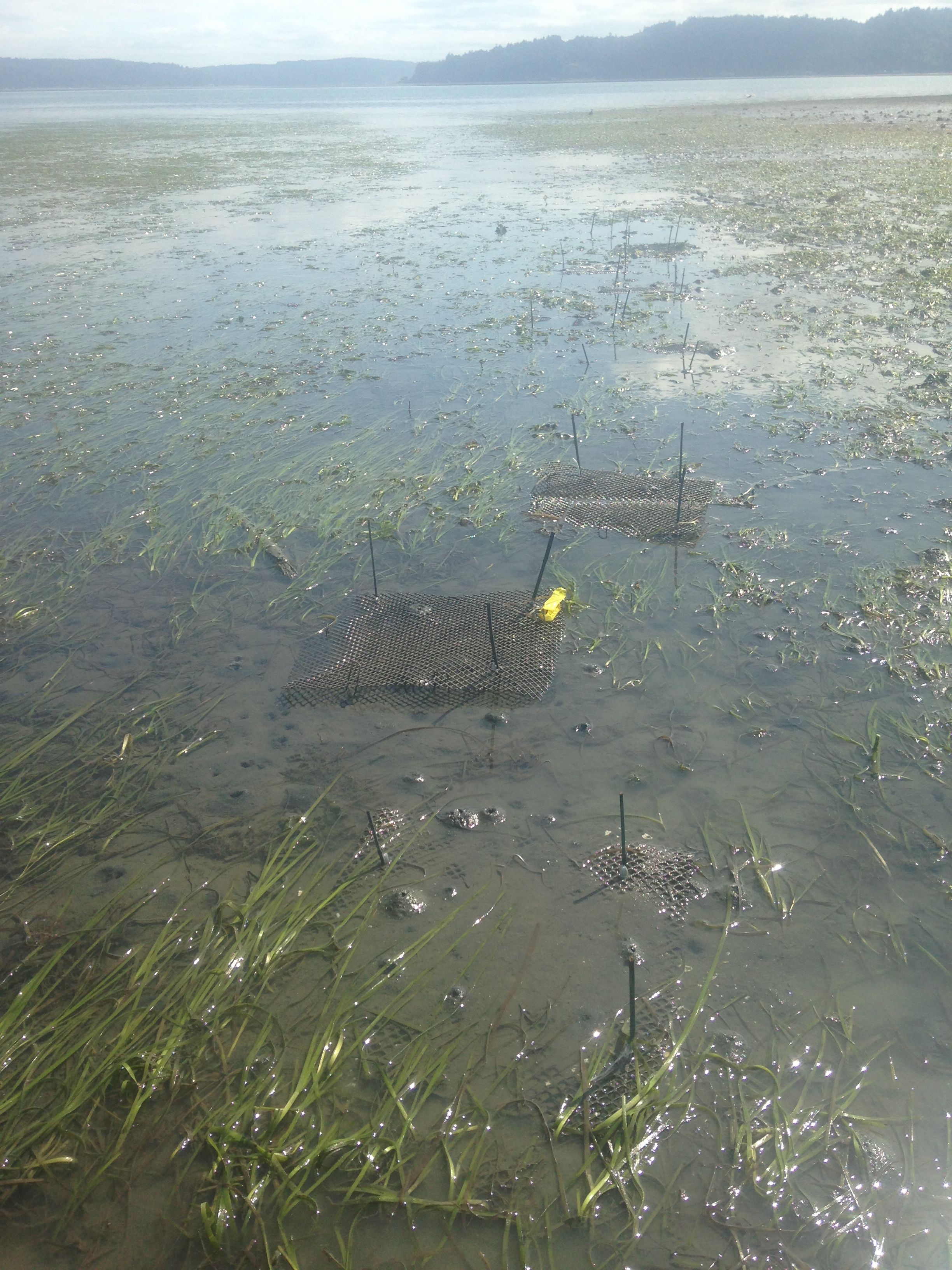
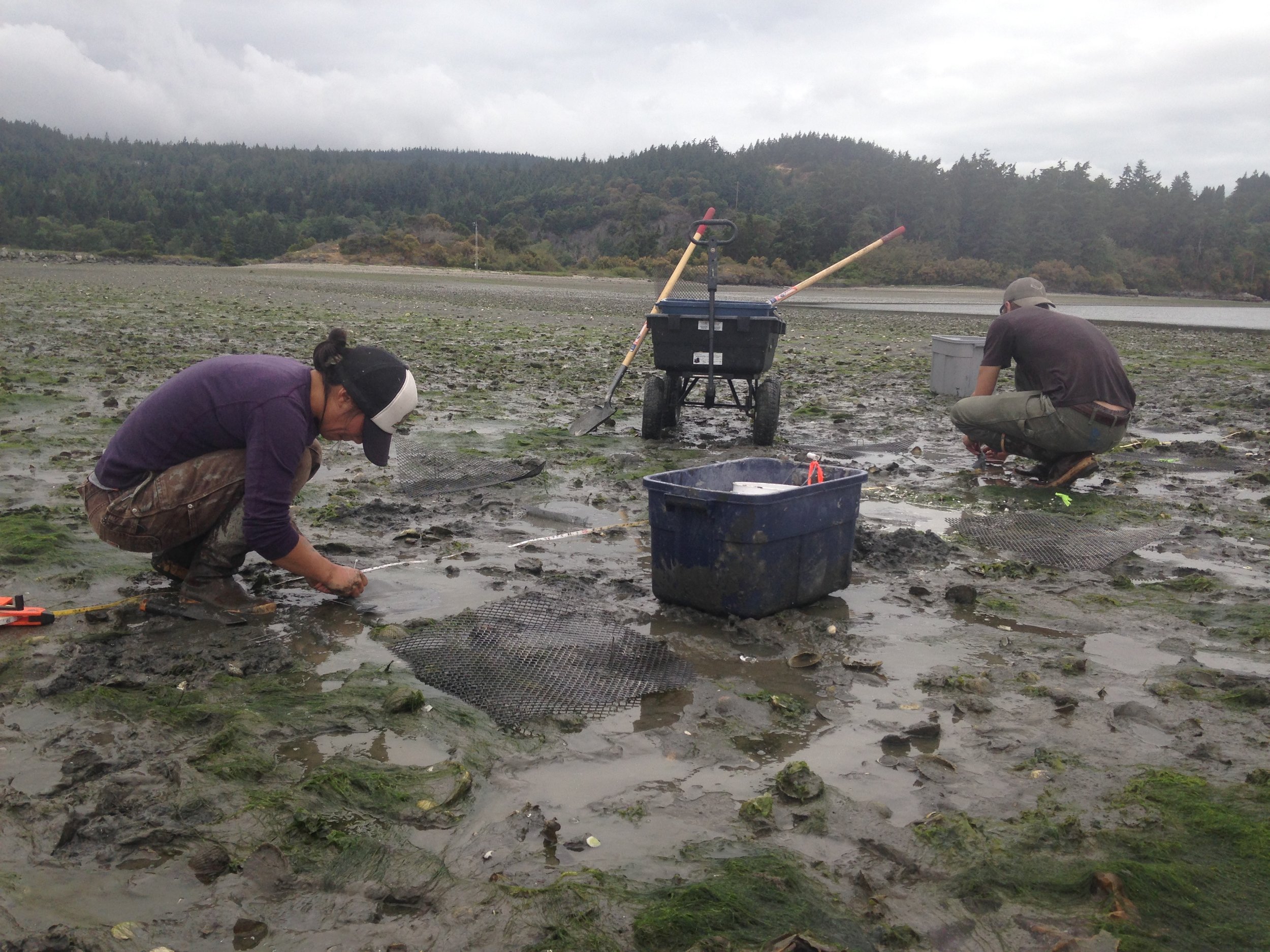
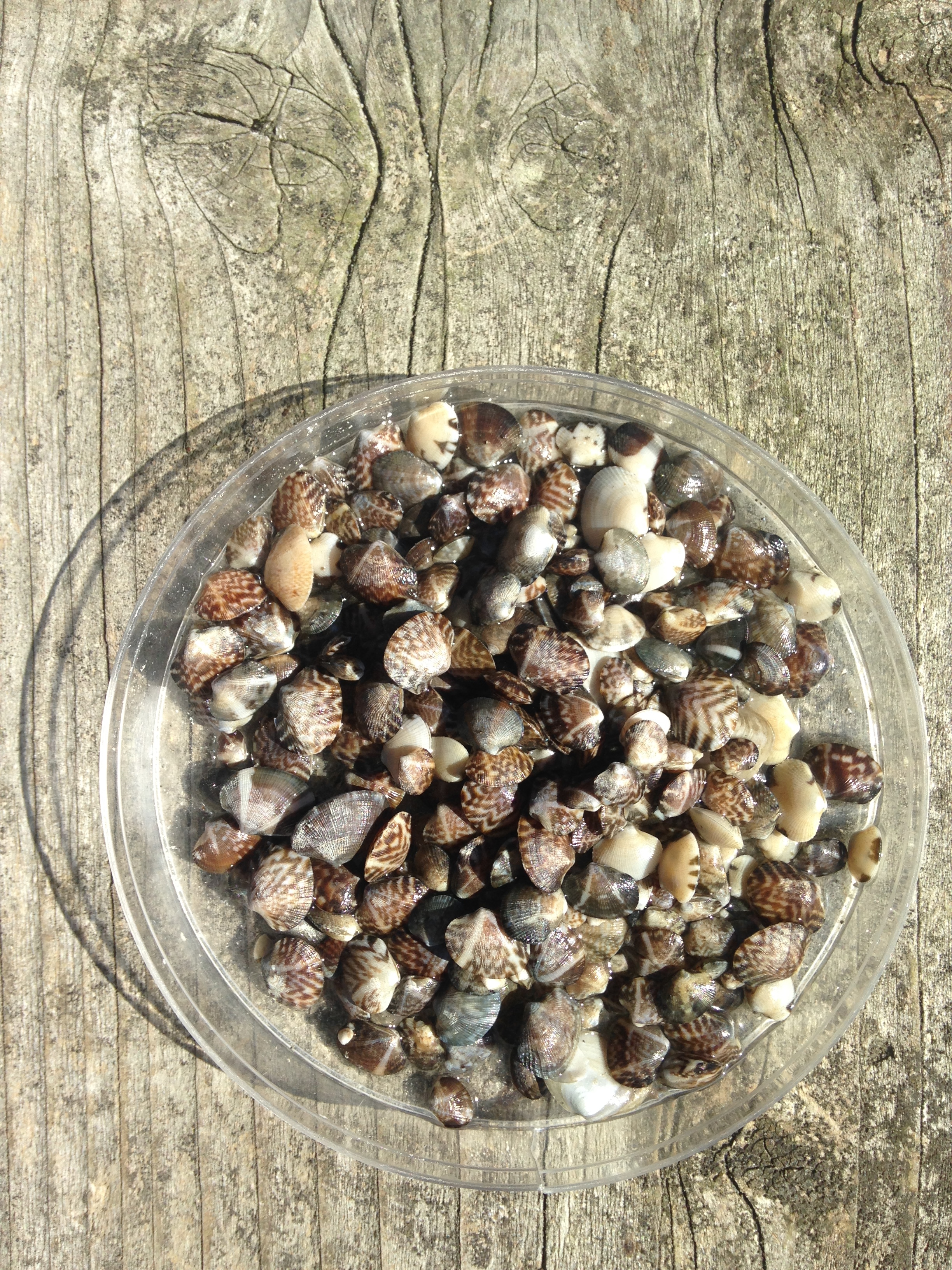
Photos: Field work investigating local effects of algae and oyster shell on water pH, clam survival and growth.
